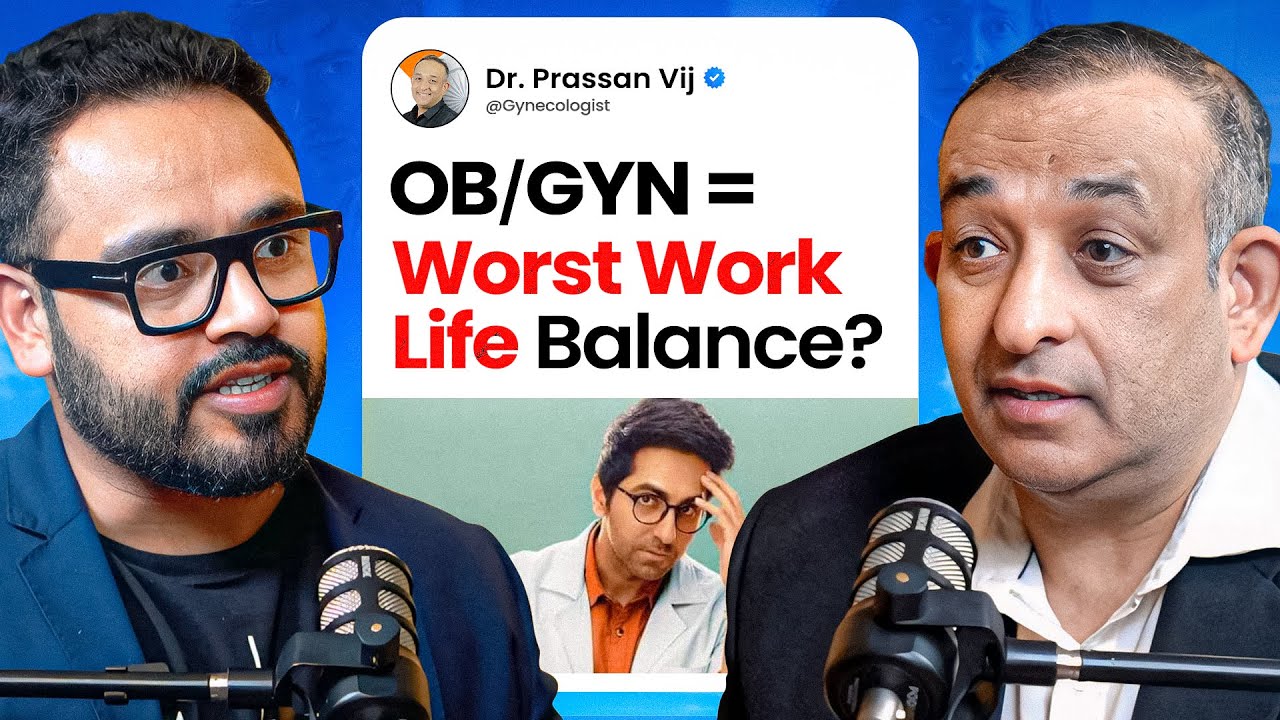Postmenopausal status, bleeding are risk factors for malignant endometrial polyps
Reuters Health • The Doctor's Channel Daily Newscast
Those findings come from a meta-analysis by Dr. Stephanie Cruz Lee and colleagues at the University of Florida College of Medicine-Jacksonville, reported in the November issue of Obstetrics & Gynecology.
The authors note that once a polyp has been identified on ultrasound or by hysteroscopy, “Questions frequently asked by clinicians and patients are, ‘What is the chance the polyp is cancer?’ and ‘Is removal necessary?’” To examine the evidence for answering those questions, the team conducted a systematic review of studies looking at the oncogenic potential of endometrial polyps with regard to menopausal status, bleeding pattern, symptoms, and polyp size.
After identifying 1552 possibly relevant publications, 17 studies covering 10,572 women undergoing polypectomy were ultimately found to meet inclusion criteria and were included in a meta-analysis.
“With respect to menopausal status, endometrial neoplasia was identified in 5.42% (214 of 3,946) of women with endometrial polyps who were postmenopausal (relative risk 3.86) compared with 1.70% (68 of 3,997) of premenopausal women,” the team reports.
Among 4,697 women with symptomatic bleeding, 195 (4.15%) had neoplastic polyps compared with 85 of 3,941 (2.16%) women without abnormal bleeding (relative risk 1.97), according to the report.
The increased risks seen with postmenopausal status and abnormal bleeding did not seem to be additive.
The data suggested that polyp size was not associated with malignancy. However, the data were not amenable to meta-analysis because sizes were reported as diameters, volumes or weights.
Data regarding obesity and diabetes as risk factors for polyp malignancy were inconclusive.
Overall, Dr. Cruz Lee and colleagues conclude, “These findings should inform the counseling and care of women with endometrial polyps.”
Obstet Gynecol 2010;116:1197–1205.






